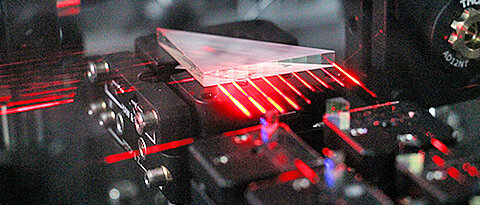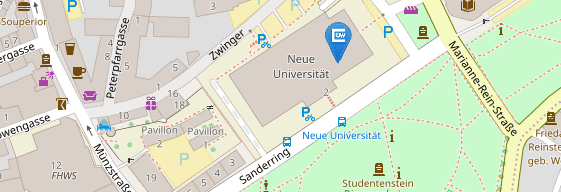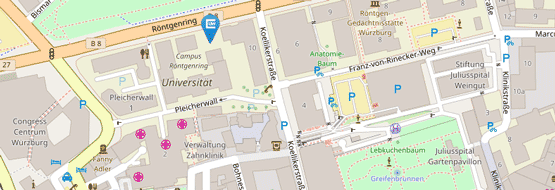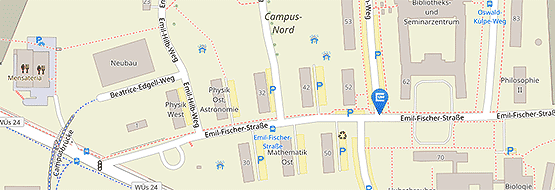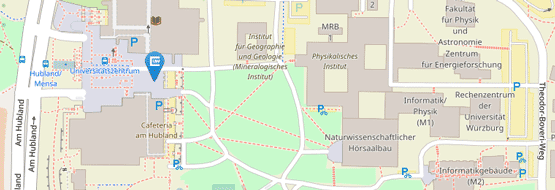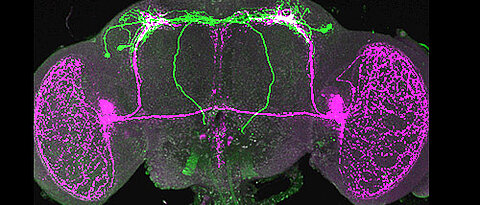
Multiple biological clocks control the daily rhythms of physiology and behavior in animals and humans. Whether and how these clocks are connected with each other is still a largely open question. A new study now shows that a central clock governs the circadian rhythms in certain cases.
more

